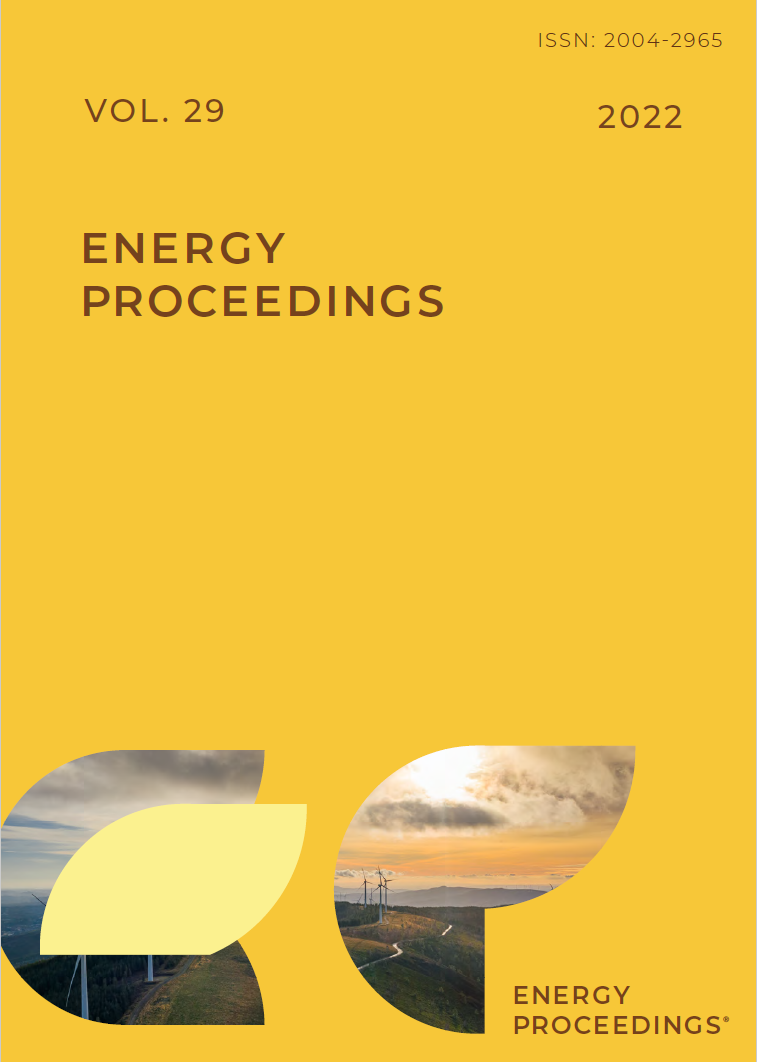
Volume 29: Closing Carbon Cycles – A Transformation Process Involving Technology, Economy, and Society: Part IV
ISSN 2004-2965
Single player game for decision making in energy communities
Andra Blumberga, Vita Brakovska, Ruta Vanaga, Girts Bohvalovs, Ritvars Freimanis
Download PDF
Article Preview
Comparison of constant and sliding pressure operation strategies for a 1 MWe multi-field concentrated solar power plant
Irfan Shaikh and Anish Modi
Download PDF
Article Preview
Provincial Low-carbon Emission Efficiency Measurement and Spatial-temporal Evolution in China Based on Super-SBM Model and GML Analysis
Xuan Yang, Cuncun Duan, Bin Chen
Download PDF
Article Preview
An urban waterlogging footprint accounting based on emergy
Keling Liu, Saige Wang, Bin Chen
Download PDF
Article Preview
Technical efficiency assessment of wastewater treatment plants in China based on electricity stress index and DEA model
Wenjing Zhu, Cuncun Duan, Dan Song, Bin Chen
Download PDF
Article Preview
Water-carbon nexus for an urban physical-virtual water supply system-a case study of Beijing-Tianjin-Hebei region in China
Feng Jiang, Saige Wang, Bin Chen, Dan Song
Download PDF
Article Preview
Multi-objective Optimization for Energy -Water Nexus of Urban Water Cycle Based on NSGA-II Model-a Case Study of Beijing
Jiaxiang Zou, Saige Wang, Bin Chen
Download PDF
Article Preview
A non-linear gray-box model of buildings connected to district heating systems
Nima Monghasemi, Stavros Vouros, Konstantinos Kyprianidis, Amir Vadiee
Download PDF
Article Preview
The Effect of Urea Injectors to Optimize Ammonia Uniformity and NOx Conversion in SCR System
Muhammad Khristamto Aditya Wardana, and Ocktaeck Lim
Download PDF
Article Preview
Enhacing power reliability using microgrids
Dieudonné Ecike Ewanga, Damien Ernst
Download PDF
Article Preview

Copyright ©
Energy Proceedings

